few points:
the datasheet says part is internally current limited and thermally current limited, but no information is given regarding the limits, generally they will give Thermal trip point and Internal current limit at particular condition.
the maximum current given by LDO will depend upon the series elements current handling capacity also. basically we need to do thermal analysis.
Worst case Power dissipated across = VinminIoutmax-(VoutmaxIoutmax)-PQ(Quiscent Power).
So, here if Vinmin to Voutmax difference reaching to min dropout voltage, we can have maximum current which will not exceed the Tj of the device package.
from datasheet, in section Electrical characterstics,
Ilimit(Vout shrted to GND) is 300mA.
from Ruff calc, by neglecting the quiscent current (~4mA from graph in datasheet ==> 4*9 = 36mW)
considering DPAK with thejaJ-A as 92

Vinmin =9V, Voutmax = 5.5V(USB), TA =25 (assumed), Tj=150(from datasheet)
maximum current can give = (150-25)/(92)*(9-5.5) = 0.388A.
AS we don't much info regarding current limit, and thermal shutdown point, also block diagram doesn't given any circuitry regarding current Limit, thermal shutdown, You can confirm these things from vendor.
There are very good application notes from different vendors regarding thermal analysis.
http://www.ti.com/lit/an/slva118/slva118.pdf
I have seen sometimes people will take more current from LDO than rated, unless it will not exceed the thermal trip point, but most of the times it mostly transient current.
Last,
there is no chance of getting 500 mA from this regulator for your input(9V), Output(5V) combination.
